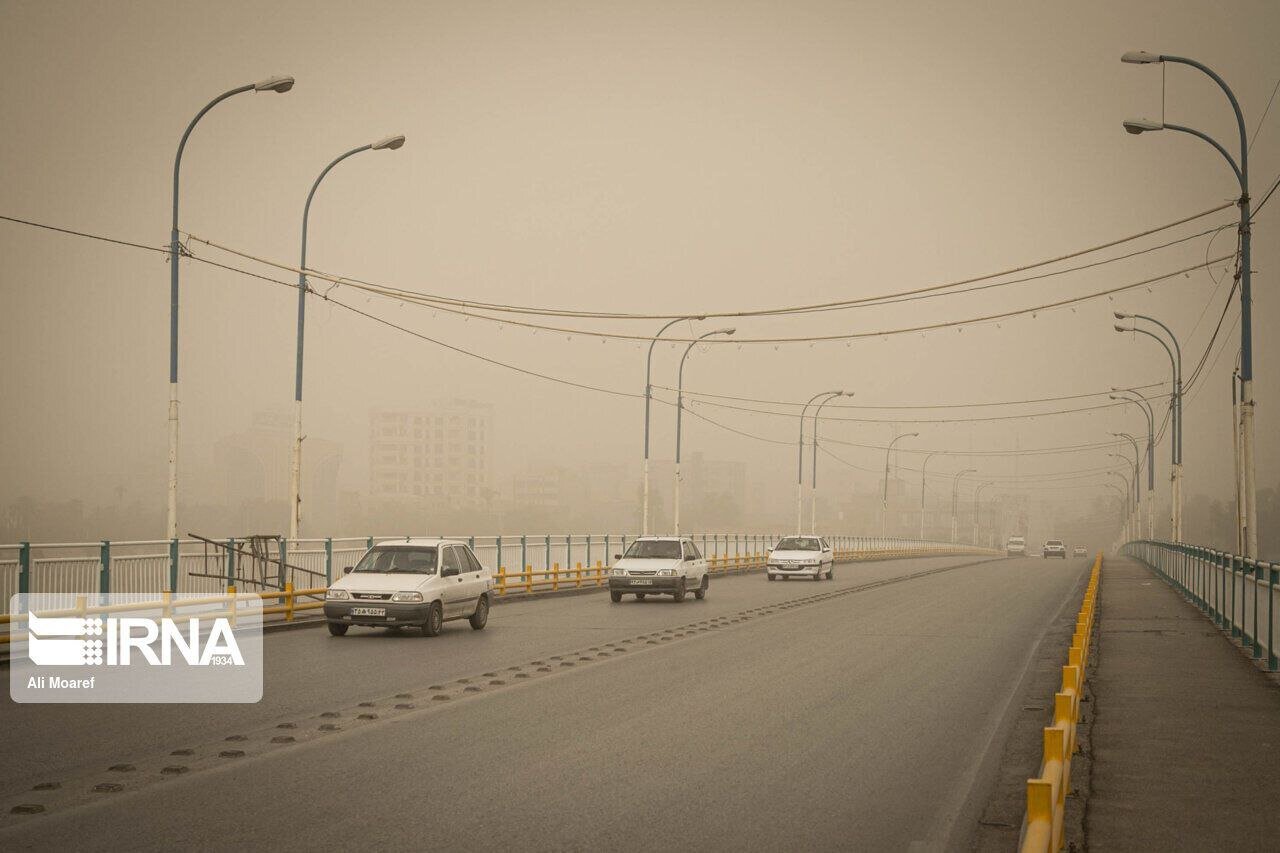Comprehensive plan for combating SDSs approved

TEHRAN – The national specialized working group on sand and dust storms (SDSs), in cooperation with other governmental bodies, has approved a comprehensive plan to address SDSs, which will be used as a national reference document to enhance the country’s resilience against one of the most acute environmental threats.
At the 29th meeting of the national specialized working group on SDSs management, held on Tuesday, the 150-page comprehensive plan was developed with cross-sectoral collaboration of 15 executive agencies and government bodies including the Department of Environment (DOE), the ministries of agriculture, health, energy, and transport, as well as Natural Resources Organization, Crisis Management Organization, and Meteorological Organization, IRNA reported.
The plan involves ten key strategies, hundreds of specific actions, performance indicators, an implementation timeline, and institutional labor division among responsible agencies.
In July, President Masoud Pezeshkian issued an order calling for the establishment of a specialized working group to address SDSs, which have turned into a significant public health concern in the country.
During a meeting held on July 13, the DOE presented a report on the hazards of SDSs as a comprehensive and growing threat, and enumerated the national plans and strategies to mitigate the impacts of SDSs, IRNA reported.
Highlighting the significance of preserving the environment, as a critical issue of the country, the president ordered the establishment of a working group, consisting of experts, academics, representatives of ministries and executive agencies, to prepare and implement operational plans to combat the dust phenomenon, drawing on successful international experiences.
Dust storms are major environmental challenges that adversely impact food security, human health, and the sustainable development process at national and regional levels.
Iran’s initiatives in combating SDSs
Being located in an arid and semi-arid area, Iran has been negatively impacted by climate change. The rise in temperatures, drop in precipitation, intensified droughts, and frequent SDSs have not only threatened the ecosystem and biodiversity but also jeopardized the country’s food security by exacerbating soil erosion, expanding desertification, and declining agricultural productivity, according to the DOE.
Here are the steps taken by the country to mitigate the harmful impacts of SDSs.
Recognizing that sand and dust storms and their negative impacts at different scales are issues of international concern, the United Nations General Assembly, at Iran’s initiative, proclaimed July 12 as the
Also, the 6th United Nations Environment Assembly (UNEA-6), which was held from February 26 to March 1, approved a resolution adopted at the international summit on dealing with sand and dust storms held in Tehran in September 2023.
Close cooperation with specialized agencies, particularly the United Nations Development Program (UNDP), as well as adopting other programs focusing on forecasting, and early warning, boosting national capacities, and developing innovative strategies to enhance resilience on the top agenda of the country, are among other measures taken.
With an increase in the frequency and intensity of sand and dust storms in different provinces of the country, Iranian researchers have been utilizing indigenized technologies to mitigate and control SDS impacts.
The following are some approaches adopted to cope with SDSs, which have a significant impact on public health, ISNA reported.
Development of non-oil and eco-friendly mulches, nano and polymer mulches, indigenized early warning systems, air pollution warning apps, restoring water resources and wetlands employing new technologies, green belt plan, and urban air purifiers.
Despite international sanctions and restrictions, Iran has been able to take steps in areas such as satellite monitoring, bio-mulches, and scientific desertification. However, to be able to pursue the path, sustained financial support, widespread implementation, and regional cooperation with neighboring countries are required.
MT/MG
Leave a Comment